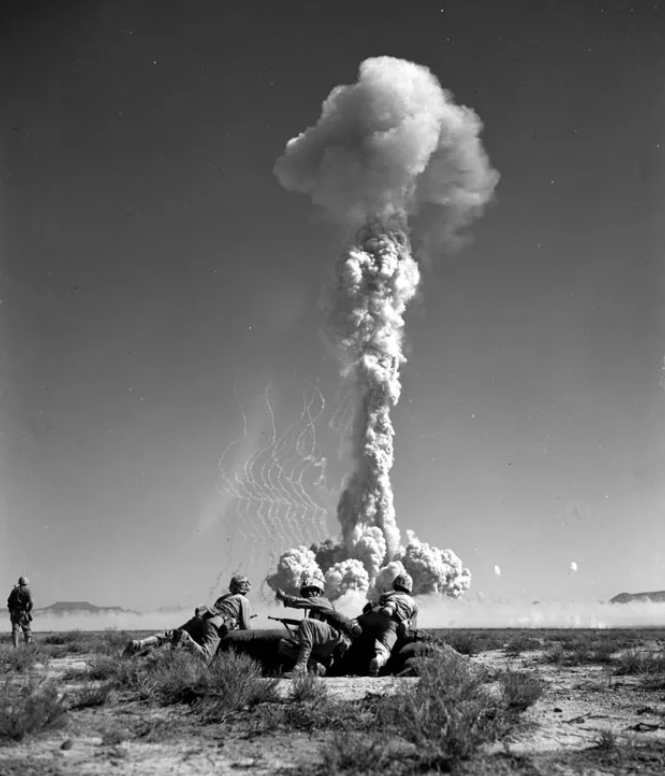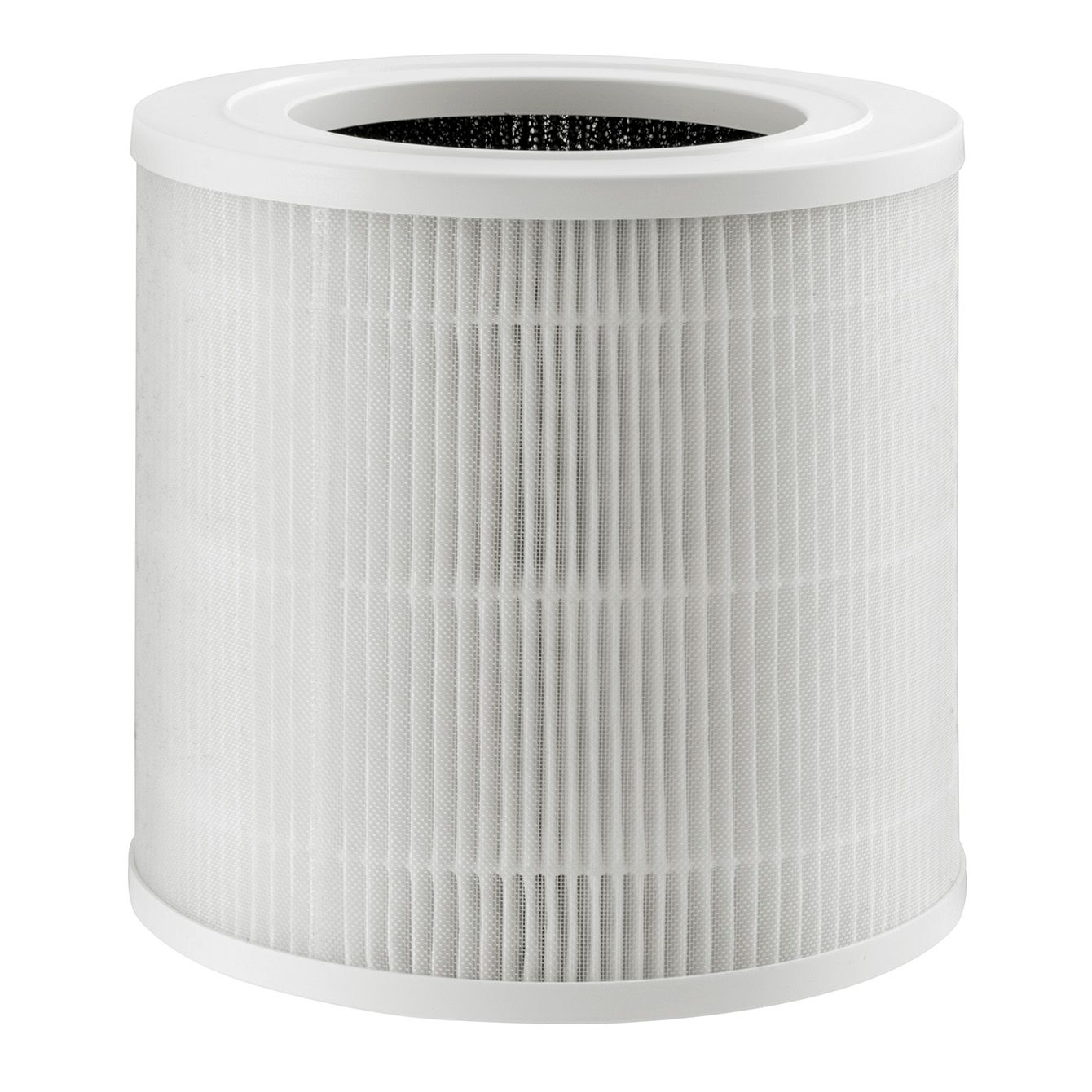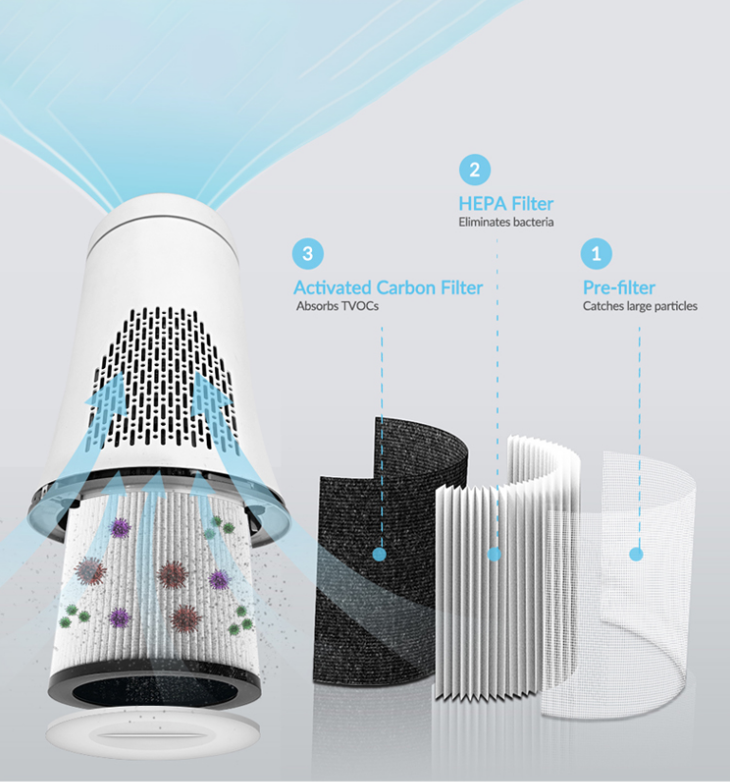Since its invention, household air purifiers have undergone changes in appearance and volume, evolution of filtration technology, and the formulation of standardized standards, and gradually become an indoor air quality solution that can enter every household and make consumers affordable. Along with these shifts, filter technology has continued to evolve. At present, the most important air purification technologies are mainly the use of HEPA filters, ions, and photocatalysis.
But not all air purifiers clean the air safely.
Therefore, when consumers buy air purifiers, it is necessary to fully understand what is a good air purifier.
1. WHAT IS A HEPA FILTER?
HEPA as a high-efficiency particulate air (HEPA) filter uses dense, randomly arranged fibers to capture airborne particles from the air flow. HEPA filters use the physics of particles moving through the air to pull them out of the airflow. Their operation is simple yet very effective, and HEPA filters are now standard on almost every air purifier on the market.
But that’s not always the case.
Beginning in the 1940s, the U.S. Atomic Energy Commission began experimenting with high-efficiency particle capture methods to protect soldiers from atomic radiation on the battlefield of World War II. This high-efficiency particle capture method has also become the main HEPA prototype used in air purifiers.
HEPA filters do nothing to filter out radiation particles, researchers quickly learned that HEPA filters can filter out many harmful pollutants.
The U.S. Department of Energy (DOE) requires that all filters sold under the name “HEPA” must filter at least 99.97% of airborne particles to 0.3 microns.
Since then, HEPA air purification has become the standard in the air purification industry. HEPA is now popular as a generic term for air filters, but HEPA filters continue to filter 99.97% of particles down to 0.3 microns.
2. NOT ALL AIR PURIFIERS ARE DESIGNED THE SAME
All air purifier manufacturers know that their filters need to meet this HEPA standard. But not all air purifier filter system designs are effective.
To advertise an air purifier as HEPA, it only needs to contain HEPA paper, the paper used to build the HEPA filter. Whether the overall system efficiency of the air purifier meets HEPA requirements.
The hidden factor at play here is leakage. Despite the high efficiency of many HEPA filters, the housing design of many air purifiers is not hermetic. This means that unfiltered dirty air passes around the HEPA filter through tiny openings, cracks and spaces around the frame of the HEPA filter itself or between the frame and the purifier housing.
So while many air purifiers claim their HEPA filters can remove almost 100% of the particles from the air passing through them. But in some cases, the actual efficiency of the entire air purifier design is closer to 80% or less, accounting for leakage. In 2015, the national standard GB/T18801-2015 “Air Purifier” was officially announced. This situation has been greatly improved, and it also means that the air purifier industry has entered a standardized, standardized and safe track, effectively regulating the market and restraining false propaganda.
LEEYO air purifiers address this issue with maximum safety in mind, with designs designed to minimize or eliminate leaks to guarantee the full efficiency of our HEPA filter media.
3. WORRIED ABOUT GAS AND SMELL?
Unlike particles, molecules that contain gases, odors, and volatile organic compounds (VOCs) are not solids and can easily escape their capture nets even with the densest HEPA filters. From this, activated carbon filters are also derived. Adding activated carbon filters to the air filtration system can greatly reduce the harm of harmful gaseous pollution such as odor, toluene, and formaldehyde to the human body.
How do these filters work? It’s simpler than you might think:
When a block of carbon material (such as charcoal) is exposed to high concentrations of oxygen.
Countless tight pores are opened on the carbon surface, which greatly increases the surface area of the carbon material block. At this time, the surface area of 500g of activated carbon can be equivalent to 100 football fields.
Several pounds of activated carbon are arranged in a flat “bed” and packed in a proprietary filter design that turns air through the activated carbon bed. At this point gases, chemicals and VOC molecules are adsorbed into the carbon pores, which means they are chemically bonded to the extensive surface area of the charcoal. In this way, VOC molecules are filtered and removed.
Activated carbon adsorption is the preferred method for filtering gases and chemical pollutants from vehicle emissions and combustion processes.
LEEYO air purifiers are designed to maximize the use of activated charcoal in case you are more concerned with cooking gases or pet odors than particle pollution in your home.
in conclusion
Now you know that the elements of a good air purifier are:
HEPA media for particle filtration
Sealed filter and purifier housing with no system leaks
Activated carbon for gas and odor filtration
Post time: Oct-12-2022




